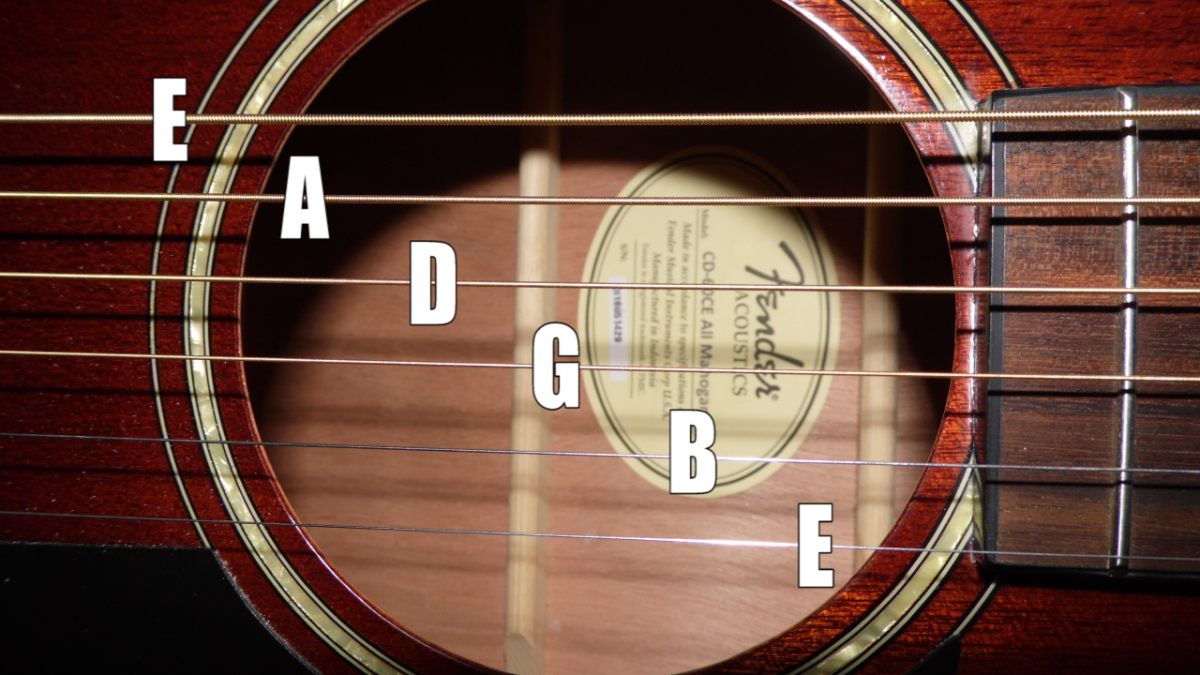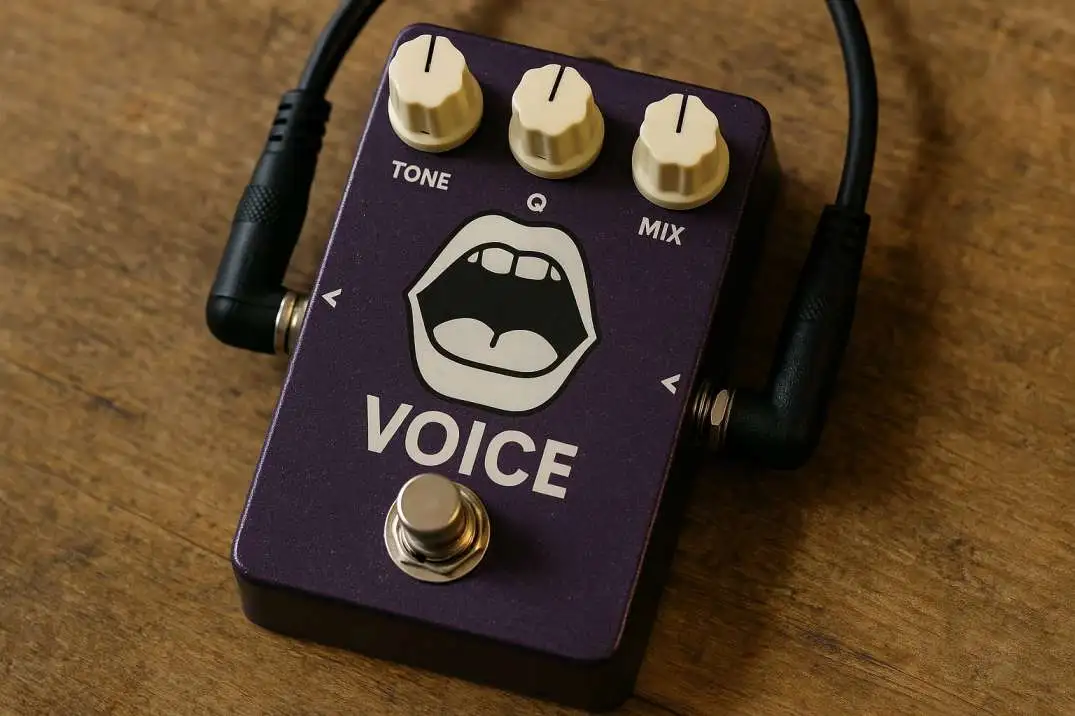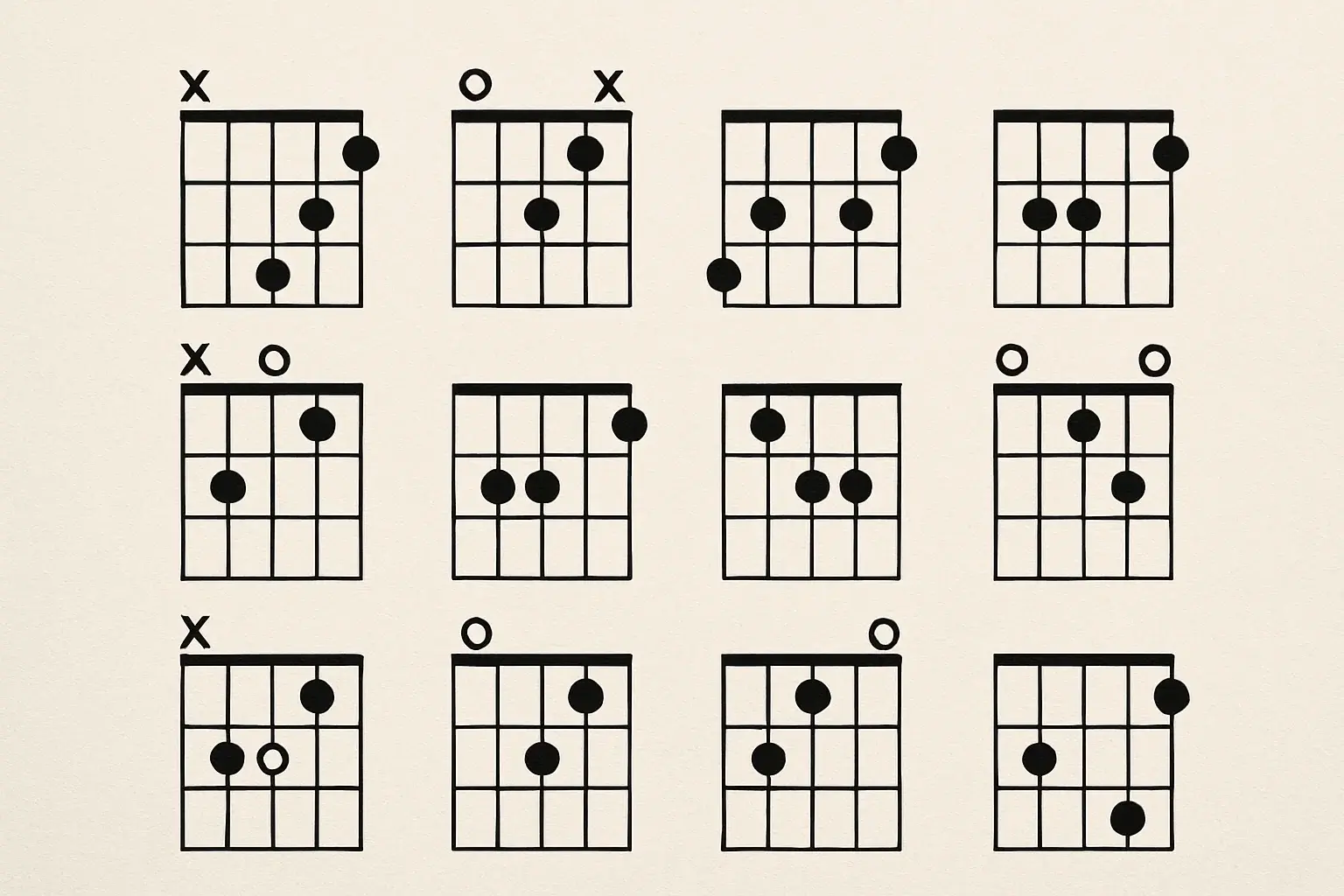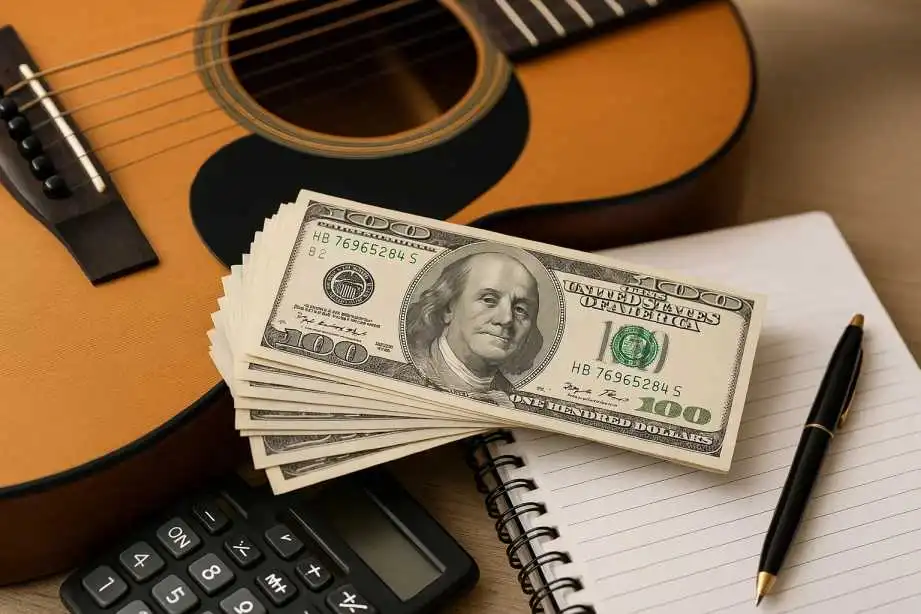A good tuner is essential for any amateur or professional guitarist who wants to maintain a true, consistent sound for guitar chords and single notes. A slightly out-of-tune guitar can detract from an otherwise excellent performance. Therefore, the best musicians insist on precise tuning with an electronic tuner.
What is a guitar tuner?
A guitar tuner is a device that measures the frequencies produced by the vibration of the strings of an electric or acoustic guitar. Then align these measurements with ratings on a scale. When the frequencies match a specific note, the tuner displays that note's name on an LED screen.
There are also bass tuners designed specifically for basses and arches. designed for basses, but in a pinch, a guitar tuner usually works for both guitars and basses.
2 Common types of guitar tuners ( and how they work)
Nowadays, guitarists have a wide variety of instrument tuners. . The two most common types of guitar tuners are:
- 1. Pedal tuner: This type of tuner receives an audio signal from a guitar through a 1/4" audio cable and then transmits the signal (without modification) through another 1/4" cable. Pedal tuners can only be used with electric or electro-acoustic guitars.
- 2. Clip-on tuner: This type of tuner attaches to the headstock of a guitar and measures the vibrations in the guitar's wood. Clip-on tuners can be used with any type of guitar.
Guitar tuners work in different tuning modes. Perhaps the most common is chromatic mode, in which the tuner displays each tone on a 12-note chromatic scale. In other modes, the chromatic tuner can be programmed to match a guitar's standard tuning (EADGBE), as well as more popular open tunings (like DADGAD) or alternative tunings that drop one string (like Drop D).< /div>
How Guitar Tuners Work: Note-for-Note Tuners and Polyphonic Tuners
Although most electronic tuners work by simultaneously measuring the frequency of one string, Polyphonics tuners can measure all string frequencies at once. With these devices, a player plays all open strings at once, and the tuner uses polyphonic tuning to determine the pitch of each individual string. This can save valuable time on stage, although some players prefer the precision of tuning one string at a time.
How to tune an electric guitar with a guitar (or acoustic) tuner
A guitar tuner is one of the simplest devices a musician can find. How to use an electronic tuner:
- 1. Turn on the tuner and play a note by plucking any string. Most guitarists go from low to high, tuning the low E string (sixth string), followed by the A string (fifth string), the D string (fourth string), the G string (or third string), and the fictitious (Yes). . ). ). or second). character string). and high E string (first string).
- 2. The name of the closest note appears on the tuner's digital display.
- 3. If a string is close to a specific note but slightly out of tune, the tuner's LEDs will indicate whether the note is too low (flat) or too high (sharp). The LEDs light up continuously or, when the tuner is in strobe mode, as pulsating lights indicating direction. (Some tuners also offer a semi-strobe mode.)
- 4. Adjust the guitar tuning pegs, monitoring the tuner, until each string reaches the desired pitch.
What is the difference between electric guitar tuners and electric guitar tuners?
The amplifier. Most tuners are the size of a standard guitar pedal, but there are also mini tuners that take up less space.
Some pedal tuners have a soft shock absorber. to amplify the sound. His. His. The volume level of a guitar's audio signal, while other pedal tuners are "True Bypass", meaning there is no such buffer. A true bypass tuner may be suitable when there are only a few pedals in a player's signal chain. A guitarist with multiple pedals will likely want a slightly attenuated tuner that can prevent a noticeable drop in volume when the audio signal hits the amplifier.
Acoustic guitarists often use tweezers - on tuners that do not require audio cables. These clips are powered by small lithium batteries and battery life is typically several hours. Acoustic players also have the option of using a microphone tuner (like a tuner app on a smartphone). However, these tend to be less precise than pedal clamps or adjusters and are generally only used when more reliable devices are not available. Not available. And clip-on tuners aren't just for acoustic guitars. They work with any guitar, and some guitarists prefer them to effects pedals.
The best guitar tuners: electric guitar tuners and standard acoustic guitar tuners
A quality guitar tuner is accurate and reliable And it doesn't affect the sound quality of your guitar. No. Many brands meet these requirements, but some are more popular than others.
- The BOSS TU-3 is often considered the industry standard among guitar effects pedals. It offers multiple adjustment modes and is virtually indestructible. You can also feed other pedals in the signal chain if you ensure the correct wiring.
- A popular tuner for polyphonic pedals is the TC Electronic PolyTune 3. This allows you to quickly tune all 6 strings of the guitar on the same time. time. time can also tune one string at a time.
- The Korg Pitchblack is a mini pedal that takes up less space on the pedalboard.
- Companies like Digitech and Joyo offer lower prices and newer brands cheap ones appear constantly.
- There is an equally large choice of clip-on tuners. Popular brands include:
- D'Addario Planet Waves NS Micro
- Korg PC2 Pitchclip
A wide selection from Snark Deals (one particularly accurate model is the ST-8 Super Tight)
How to Tune a Guitar by Ear
Although not as accurate as other methods, you can learn one. by ear (As an added bonus, tuning by ear can help you learn to recognize pitch, which will help you become a better guitarist.)
There are several methods for tuning a guitar. with the ear. Whichever method you use, you must first tune a "reference string", usually the sixth string (the lowest and thickest), to the correct pitch. This will ensure that you do not tune out the remaining channels.
- 1. Reference notes from an external source: With this method, you use another instrument (such as a piano), a tuning fork, or a digital audio file as a guide to get the correct tuning for each string. Simply play the note in tune with the guitar string you are tuning, then turn the tuning peg until the pitch matches your reference.
- 2. Use other strings as reference: You can also tune by ear, using your strings as mutual reference notes. Simply leave the other five strings open and play the string you want to tune, either in unison (i.e. exactly the same pitch) or per octave (i.e. the same note one octave above or below the original). Alternatively, you can do the opposite: leave one string open and play the other five strings to match the pitch in unison or octave.
- 3. Use the harmonics of the 5th and 7th frets: Finally, you can use the natural harmonics at specific points on the fretboard to tune the guitar by ear. After establishing the low E string as the reference note, play the fifth fret of that string with the seventh fret of the A string (the next highest). The two notes should sound identical. If not, adjust the A string until it matches. Continue moving around the guitar in the same way (playing the 5th fret harmonic on the bottom string and the 7th fret harmonic on the top string) until all strings are in tune.
How to tune a guitar with your phone
Even if it's not your first choice, you can tune your guitar using your smartphone. Your phone relies on the external microphone to pick up the sound of your guitar, and other ambient noises can interfere with your playing. However, an online guitar tuning app on your phone is very useful as a backup. BOSS offers one such app, and Gismart Chromatic Tuner Free is another solid offering. There are hundreds of optimization apps for Android and iOS. Therefore, choose the one that suits your personal taste.
A tuner is one of the most important investments of your life. a guitarist can. Whether you invest in a $100 effects pedal or a $10 clip-on, you'll want to prioritize good intonation to please your audience and your bandmates. And while free cell phone apps can be a nice addition, make sure you have a pedal or clip with you for every performance and rehearsal. Even the best guitarists can't compete with an out-of-tune guitar.
Do you want to become a better guitarist?
Yes, you are an aspiring singer-songwriter or you dream of changing the world with your music. Becoming a talented and gifted guitarist takes practice and perseverance. No one knows this better than legendary guitarist Tom Morello. In Tom Morello's Electric Guitar MasterClass, the two-time Grammy winner shares his status quo-challenging approach to music production and delves into the riffs, grooves and solos that launched his career.




